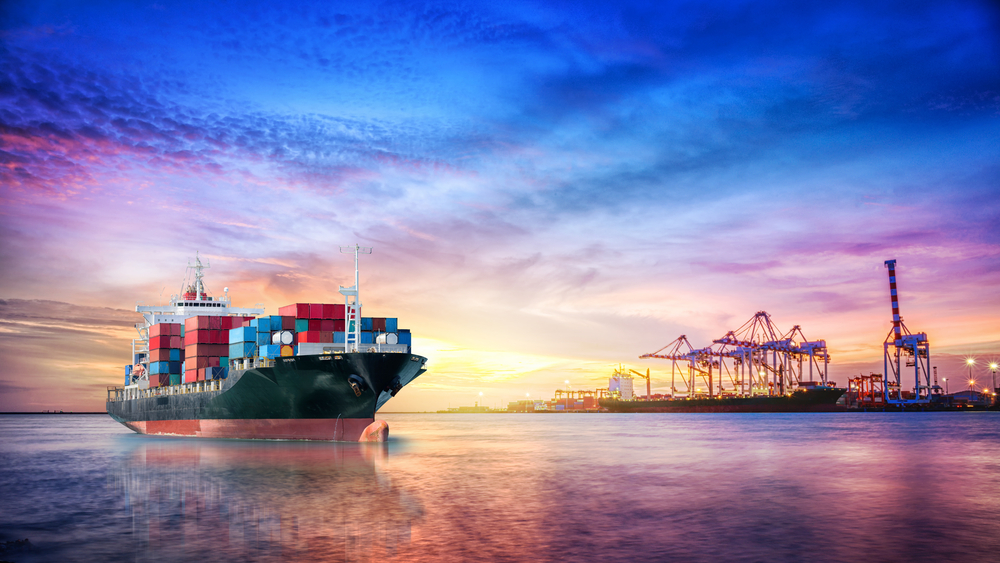WTO Trade Facilitation Agreement boosts trade by over $230bn

WTO TRADE FACILITATION AGREEMENT BOOSTS TRADE BY OVER $230BN
The Trade Facilitation Agreement (TFA) has led to a
US$231bn increase in trade, with developing members and least-developed country
(LDC) members making the most gains.
The
Trade Facilitation Agreement, the first multilateral trade agreement in the
WTO’s 20-year history, entered into force on 22 February 2017. It is
designed to reduce trade barriers and eliminate border transaction costs for
companies around the world.
In estimates for the first
couple of years of its implementation, the World Trade Organization (WTO) said
that for the years 2017-2019, WTO economists attribute to the TFA an average 5%
increase in global agricultural trade, 1.5% in manufacturing trade and 1.17% in
total trade.
These increases are largely
driven by the trade growth in LDCs, where agricultural exports rose by 17%,
manufacturing exports by 3.1%, and total exports by 2.4% under the TFA.
The WTO says these estimates
are conservative, as large gains have already been realised, particularly in
manufacturing, in anticipation of the Agreement’s entry into force and by
developed members making full commitments since the start of the TFA’s entry
into force, as noted in previous studies.
In 2015, the WTO forecast that
complete implementation of the TFA could lead to an increase of up to 2.73% in
global trade flows by 2030. The latest estimates note that as the benefits of
the Agreement continue to be realised, the trade and welfare gains are likely
to expand. Stronger increases for manufacturing trade may still be detected
after more years of TFA implementation for developing members as well. The
latest estimates are part of the Secretariat’s ongoing work tracking the impact
of the TFA.
It is the first WTO agreement
in which developing members and LDC members can determine their own
implementation schedules and seek to acquire implementation capacity through
the provision of related assistance and support. Developed members were
required to implement all provisions of the TFA from its entry into force. As
of 22 March 2023, notifications submitted by WTO members indicate that they
have committed to implement 76.1% of TFA obligations.
The estimates were presented
at the meeting of the Committee on Trade Facilitation upon WTO members’
request, in line with recommendations from the first review of the TFA in 2021.
The next TFA review is scheduled for 2025.
At the meeting, the Committee
also considered notifications from members regarding TFA measures,
presentations of national experiences and suggestions to enhance trade
facilitation implementation, and specific concerns on customs procedures.
By Just Style
